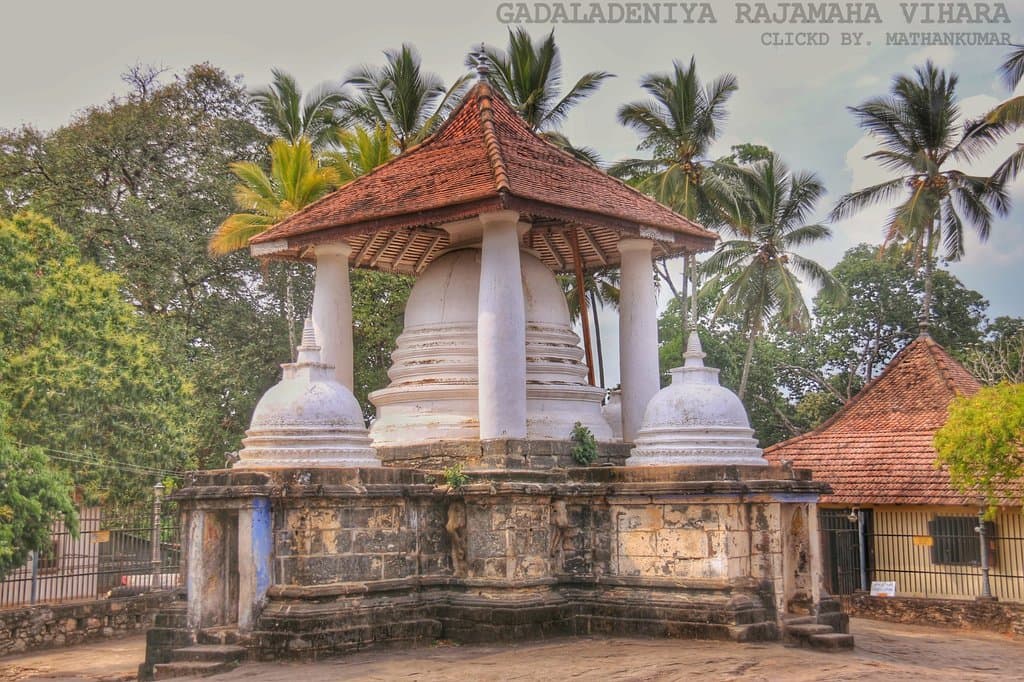
Gadaladeniya Temple
A 14th-century marvel blending Sinhalese and South Indian architecture, featuring intricate granite carvings and a unique stupa.

Highlights
Must-see attractions
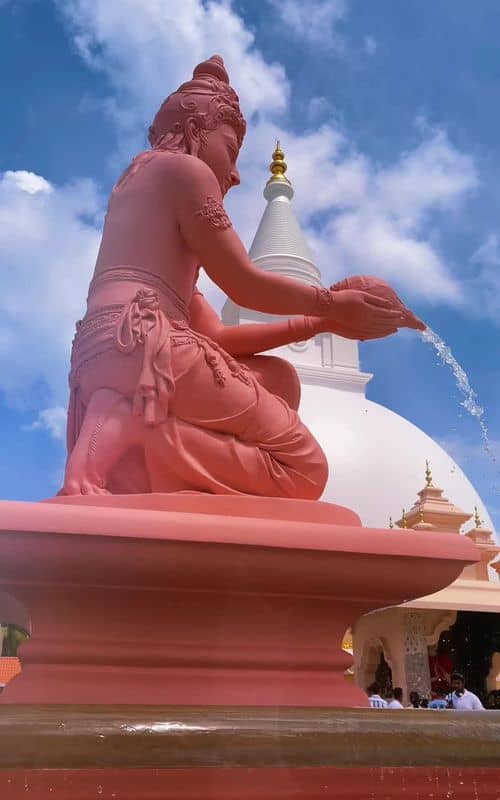
Social
From TikTok & Reddit
Best Time
Fewer crowds, peaceful atmosphere

Gadaladeniya Temple
Best Time
Fewer crowds, peaceful atmosphere

Highlights
Must-see attractions
A 14th-century marvel blending Sinhalese and South Indian architecture, featuring intricate granite carvings and a unique stupa.
"A stunning fusion of architectural styles with a deep spiritual essence, despite some preservation needs."
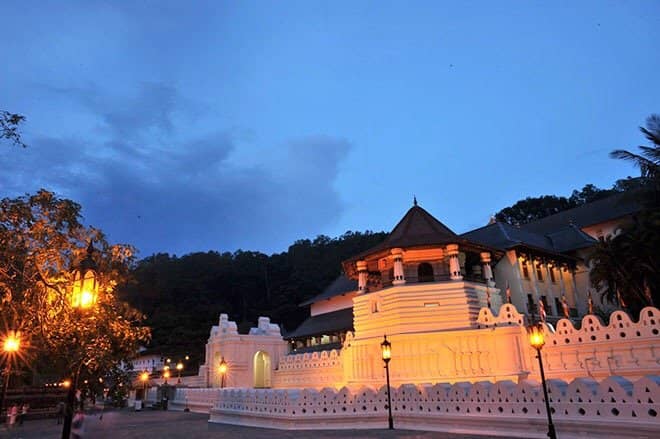
Ask Locals for Directions
Google Maps can be unreliable; ask villagers for the best route to avoid poor roads. :round_pushpin:
Respectful Attire
Dress modestly, covering shoulders and knees, as you would for any religious site. :pray:
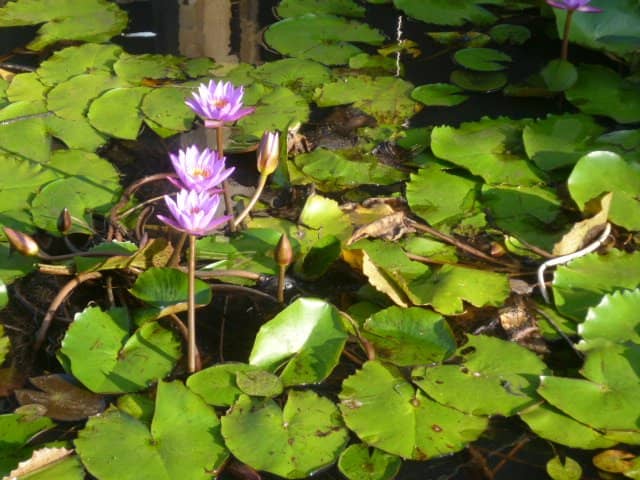
Highlights
Discover the most iconic attractions and experiences
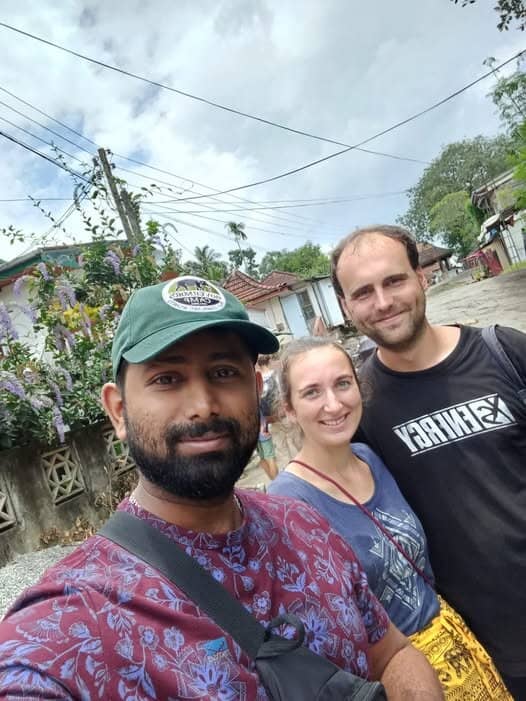
Granite Shrine Room
Main Shrine Room
An eight-foot-high Buddha statue in meditation, carved entirely from granite, sits under a striking Makara Thorana.

Vishnu Devale
Adjacent to Main Shrine
A dedicated shrine to Lord Vishnu, revered as the protector of Sri Lanka and Buddhism.
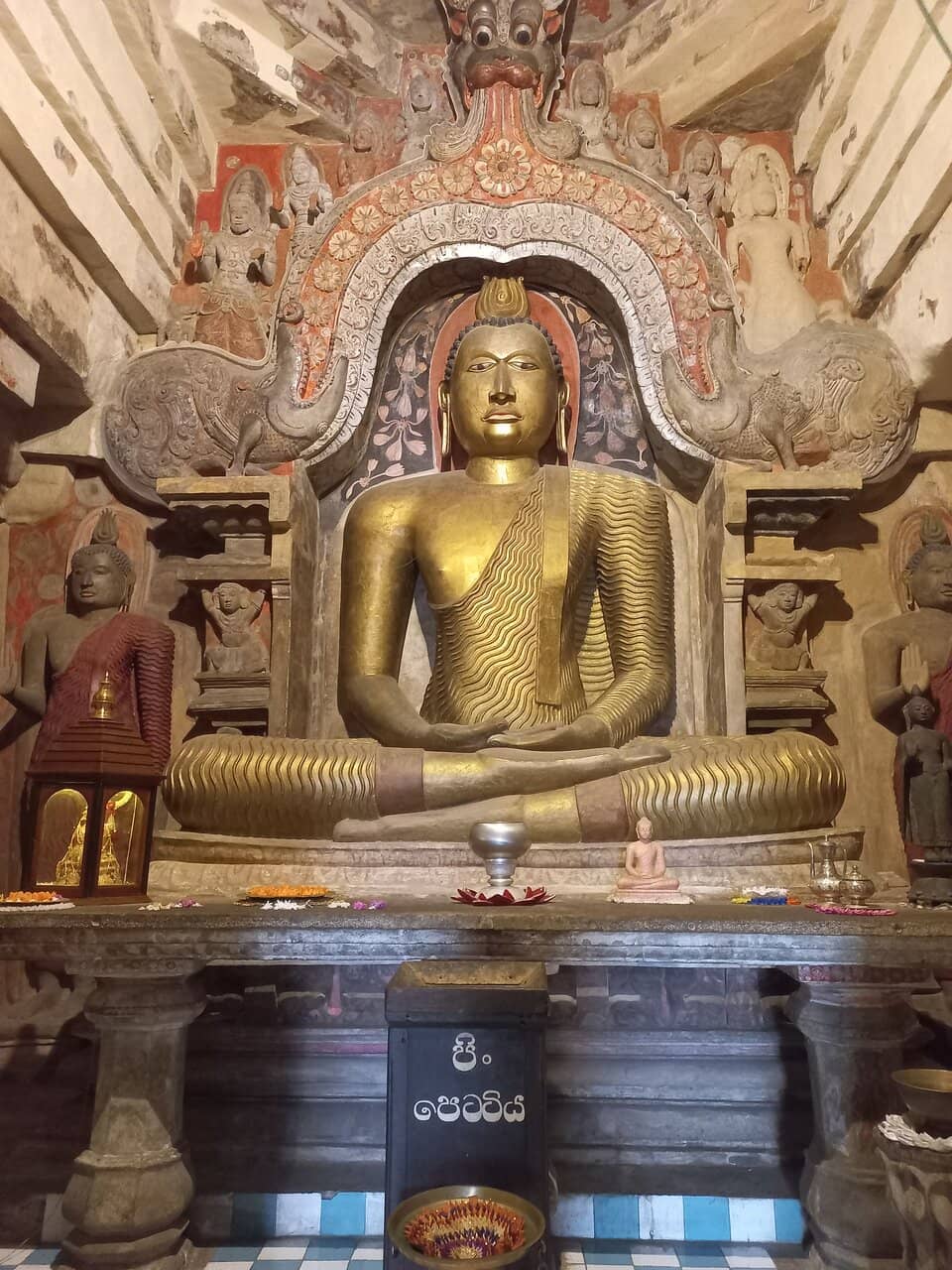
Vijayothpaya Stupa
Next to Vishnu Devale
A unique rock-built stupa with a roof supported by four pillars, surrounded by smaller satellite stupas.
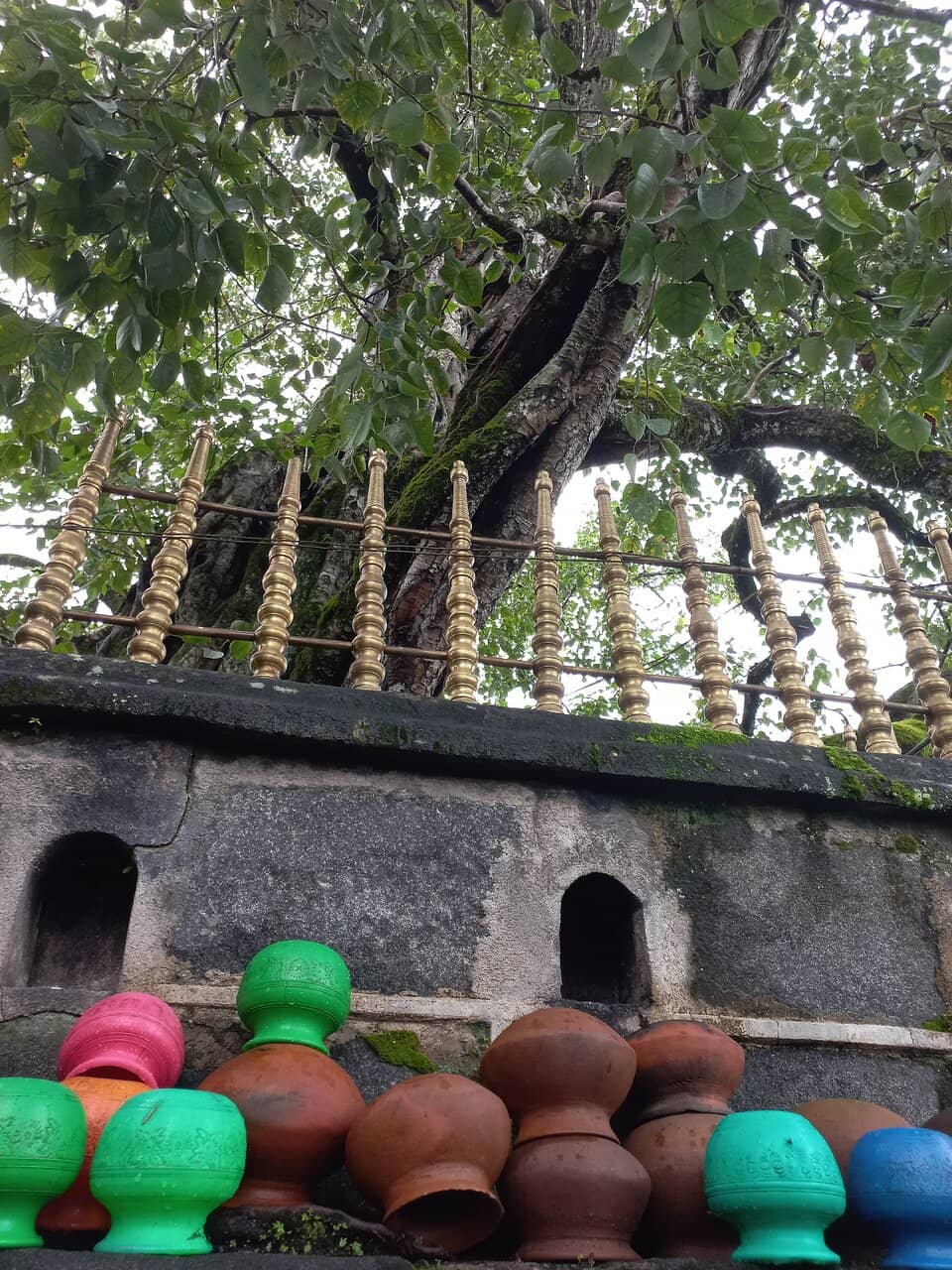
Architectural Fusion
Entire Temple Complex
Experience a blend of Sinhalese and South Indian (Dravidian) architectural styles, reflecting its 14th-century origins.
Plans like a pro.
Thinks like you
Planning Your Visit
Timing Your Visit for Tranquility
Navigating to the Temple
Best Times
Insider Tips
from TikTok, Instagram & Reddit
Ask Locals for Directions
Google Maps can be unreliable; ask villagers for the best route to avoid poor roads. :round_pushpin:
Respectful Attire
Dress modestly, covering shoulders and knees, as you would for any religious site. :pray:
Capture the Light
Visit during golden hour for stunning photography opportunities. :camerawithflash:
Learn the History
Booklets about the temple's history are available for purchase. :books:
Tips
from all over the internet
Ask Locals for Directions
Google Maps can be unreliable; ask villagers for the best route to avoid poor roads. :round_pushpin:
Respectful Attire
Dress modestly, covering shoulders and knees, as you would for any religious site. :pray:
Capture the Light
Visit during golden hour for stunning photography opportunities. :camerawithflash:
Learn the History
Booklets about the temple's history are available for purchase. :books:
Observe Preservation Efforts
Note the ongoing maintenance and preservation work, which doesn't detract from the charm. :construction_worker:
What Travellers Say
Reviews Summary
Visitors praise Gadaladeniya Temple for its unique blend of architectural styles and historical significance, noting the impressive granite carvings and the serene atmosphere. However, some express disappointment regarding the maintenance and preservation of certain ancient features, suggesting more attention is needed to protect its priceless heritage.
"Gadaladeniya Rajamaha Viharaya with an ancient monastery is found on the flat rock at Diggala in the district of Kandy. According to an inscription, this temple was built by King Buwanekabahu IV in the year 1344. The chief architect of this temple has been a South Indian called Ganesvarachari. Therefore this temple is essentially built following the Indian Vijayanagar architectural style.
The vihara complex in Gadaladeniya is built over a rock plateau spreading from north to south. According to the Gadaladeniya inscription by Dharmakirti, the Devala at Gadaladeniya had been constructed for the protection of the vihara.
The main shrine room has a seated (in Vajrasana) Buddha Statue under a Makara Thorana and four standing Buddha images. The makara thorana is decorated on both faces with gods such as Brahma, Suyama, Santhusuta, Natha and Maithree, and two attendants.
The chamber within the Sikhara (dome) has had a Buddha Image but has been destroyed by the Portuguese. Next to the shrine room is a Devale (shrine) dedicated to God Visnu. According to Mahavansa, The great chronicle of Sri Lanka, It was “Upulvan Deiyo” thus Visnu who was selected as the guardian to protect the land of Sri Lanka and Buddhism within it at the time of Buddha’s passing away. Therefore this deity has a special place among the Sri Lankans.
By the side of the Visnu Devale is a Stupa made of a rock. This is believed to have been constructed by King Parakramabahu V. This stupa has a roof built over it held on 4 pillars. 4 smaller satellite stupas are built on small shrine rooms around the main stupa. This structure is called the Vijayothpaya or Vijayantha Prasada named after the mythical palace of god Indra.
This temple was neglected for some time and then it was handed over to the Velivita Saranankara Thero by King Viraparakrama Narendrasinha (1707 – 1739) and this temple has been looked after ever since by his pupillary succession.
Though this temple is known as “Gadaladeniya” today, An inscription identifies this temple as “Dharma Kirthi Viharaya” which is the name of the founding monk. The work “Nikaya Sangrahaya” identifies this temple as “Saddharmathilake” and “Saddharmalankaraya” identifies this as “Gadaladeniya Viharaya” after the village in which it is located."
Nuwan Wickramasinghe
"Visited the historic Gadaladeniya Temple — currently under maintenance, but it doesn’t disturb the experience. While it’s not completely calm or quiet, the temple’s charm and cultural beauty still shine through"
Ravindu Lakmal
"The Gadaladeniya Raja Maha Viharaya dates back to the 14th century CE built by King Bhuvanaikabahu IV of the Gampola kingdom.
As with other temples in the area, Gadaladeniya was also designed by a Tamil architect and hence the strong influence of Dravidian architecture in its appearance.
In the shrine room which is entirely sculpted in granite is a eight foot high Buddha in meditation (Dhyana mudra).
Adjacent to the shrine room is a Devalaya dedicated to Lord Vishnu who is believed to be the protector of Buddhism in the country."
Adrian Corera
What People Like
What People Dislike
Frequently Asked Questions
🚇 🗺️ Getting There
Gadaladeniya Temple is located about 15-20 km from Kandy. You can hire a tuk-tuk or a taxi. While Google Maps is generally useful, some visitors suggest asking locals for directions upon nearing the temple as the roads can be poor. :car:
Yes, there is free parking available at the entrance to the temple, with ample space for visitors' vehicles. :parking:
For convenience and flexibility, hiring a tuk-tuk or a private car from Kandy is recommended. This allows you to easily navigate the local roads and stop at other nearby attractions. :taxi:
While public buses run in the general direction of Pilimathalawa, reaching the temple directly might require a short tuk-tuk ride from the nearest bus stop. It's less direct than a private hire. :bus:
The temple is situated on a rock plateau, so there are some steps and uneven surfaces. However, the main areas are generally accessible. :walking:
🎫 🎫 Tickets & Entry
There is typically no entrance fee for Gadaladeniya Temple, making it an accessible cultural experience. Donations are always welcome to support its upkeep. :moneybag:
The temple is generally open from early morning until late afternoon or early evening. It's best to visit during daylight hours to fully appreciate its architecture and surroundings. :clock1:
No, advance booking is not required for Gadaladeniya Temple as there is no admission fee. You can visit at your leisure during opening hours. :calendar:
Crowds can vary. Weekends and public holidays might see more visitors. For a quieter experience, aim for weekday mornings. :peopleholdinghands:
As a religious site, visitors are expected to dress modestly, covering shoulders and knees. Photography is generally allowed, but be respectful of worshippers. :camerawithflash:
📸 📸 Photography
The granite shrine room with the Buddha statue, the unique Vijayothpaya stupa, and the intricate architectural details offer excellent photo opportunities. The surrounding landscape also provides scenic backdrops. :camerawithflash:
Photography is generally permitted, but it's crucial to be respectful of the sacred nature of the site and avoid disturbing devotees. Always ask for permission if unsure. :iphone:
Late afternoons, during the 'golden hour,' offer beautiful, soft light that enhances the temple's textures and colors. Early mornings can also be good for capturing a serene atmosphere. :sunriseovermountains:
The Makara Thorana above the Buddha statue, the Dravidian-influenced carvings, and the unique stupa structure are highly photogenic. :art:
Drone usage is typically restricted at religious sites to maintain peace and respect. It's best to avoid using drones unless you have explicit permission. :noentrysign:
🎫 🏛️ History & Architecture
Gadaladeniya Temple was built in the 14th century, specifically in the year 1344, by King Buwanekabahu IV of the Gampola kingdom. :calendar:
The temple's design is attributed to a South Indian architect named Ganesvarachari, which is why it exhibits a strong influence of Indian Vijayanagar architectural style. :architect:
The temple showcases a fusion of Sinhalese and South Indian (Dravidian) architectural styles, evident in its stone carvings and overall structure. :building_construction:
The Vishnu Devale is dedicated to Lord Vishnu, who is revered in Sri Lanka as Upulvan Deiyo, the chosen guardian deity to protect the island and Buddhism. :shield:
This is a unique stupa structure built over a rock, named after the mythical palace of god Indra. It features a main stupa with a roof supported by pillars and surrounded by smaller stupas. :stupa:
🍽️ 🍽️ Food & Dining
Yes, there are cafes and eateries in the vicinity of Gadaladeniya Temple, particularly in the Pilimathalawa area. One TikTok creator highly recommended a cafe nearby. :coffee:
You can find local Sri Lankan cuisine, snacks, and beverages at the cafes and small restaurants in the area. :rice_bowl:
Gadaladeniya Temple itself is a place of worship and does not typically offer dining facilities. You'll need to visit nearby eateries for food. :forkandknife:
Sri Lankan cuisine is rich in vegetarian dishes, so you should be able to find plenty of options at local restaurants. :leafy_green:
One TikTok creator specifically mentioned a cafe near Gadaladeniya Temple that they highly recommended for its food and ambiance. :star:
For Different Travelers
Tailored advice for your travel style
👨👩👧 Families with Kids
📸 Photography Enthusiasts
🏛️ History Buffs
Deep Dives
In-depth insights and expert knowledge
Architectural Marvels of Gadaladeniya
The main shrine room houses an impressive eight-foot-high Buddha statue in a meditative pose (Vajrasana), adorned with a striking Makara Thorana. This decorative archway is further embellished with depictions of various deities, including Brahma, Suyama, and Natha, alongside attendants. Adjacent to this is the Vishnu Devale, dedicated to Lord Vishnu, a deity highly revered in Sri Lanka as a protector. The presence of these deities highlights the syncretic religious practices of the era.
Another distinctive feature is the Vijayothpaya, or Vijayantha Prasada, a stupa built on a rock plateau. This structure is unique for its roof, supported by four pillars, and its surrounding smaller satellite stupas. This architectural element is believed to be inspired by mythical palaces and reflects the spiritual and artistic aspirations of the time. Despite some areas showing signs of decay and needing preservation, the temple's core architectural beauty and historical significance remain captivating.
The Spiritual Significance and History
The temple's association with Lord Vishnu is particularly noteworthy. The Vishnu Devale within the complex signifies the importance of this deity as a protector of Sri Lanka and Buddhism, a belief deeply ingrained in the island's culture. The Mahavansa, the great chronicle of Sri Lanka, further emphasizes Vishnu's role as a guardian. This spiritual connection draws many devotees seeking blessings and protection.
Over time, the temple experienced periods of neglect, but it was revived through the efforts of King Viraparakrama Narendrasinha and later managed by the pupillary succession of Velivita Saranankara Thero. Today, while some parts of the temple, like ancient paintings and inscriptions, are in need of better preservation, its historical and spiritual essence continues to draw visitors seeking a connection to Sri Lanka's rich past.
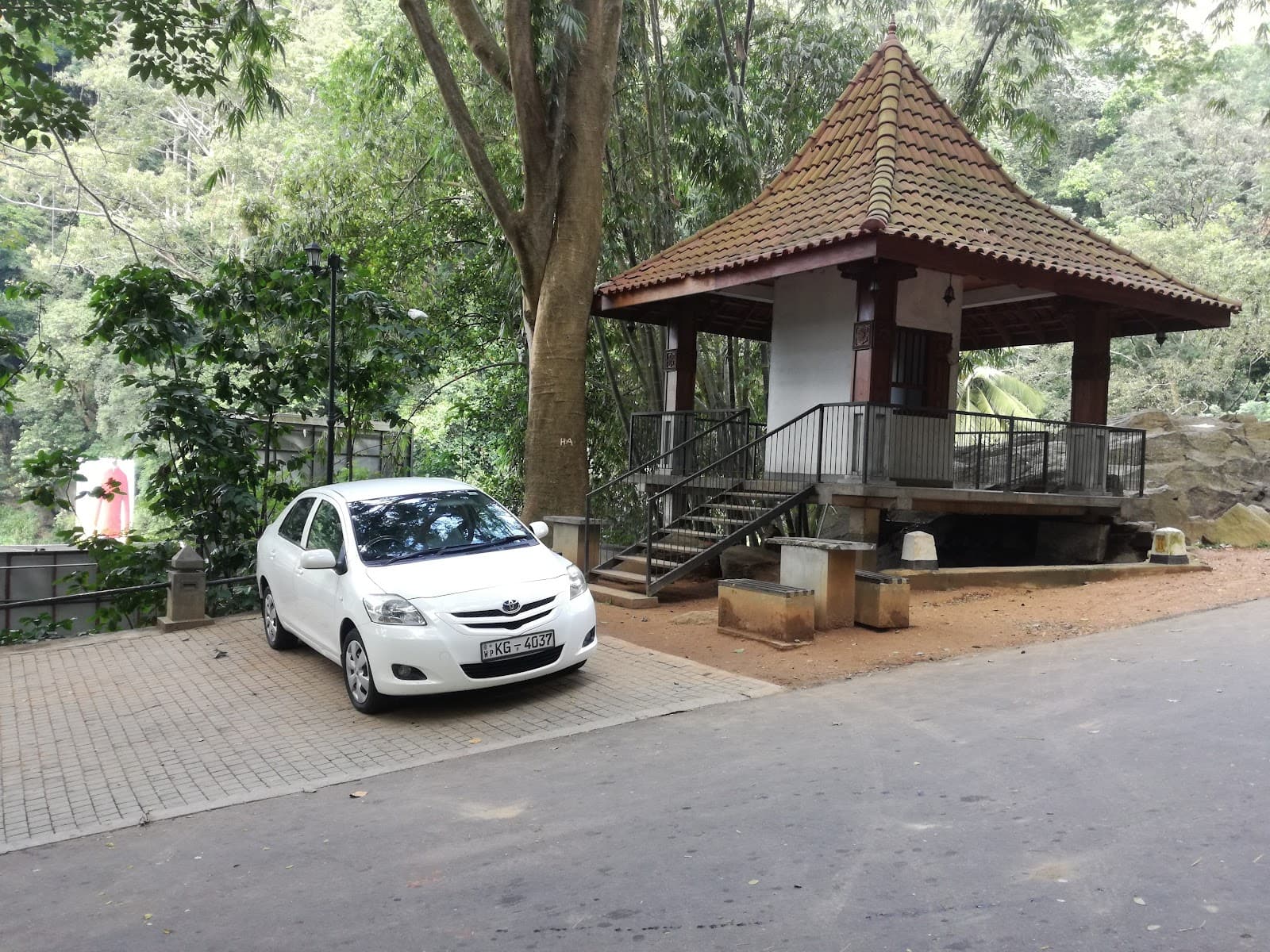
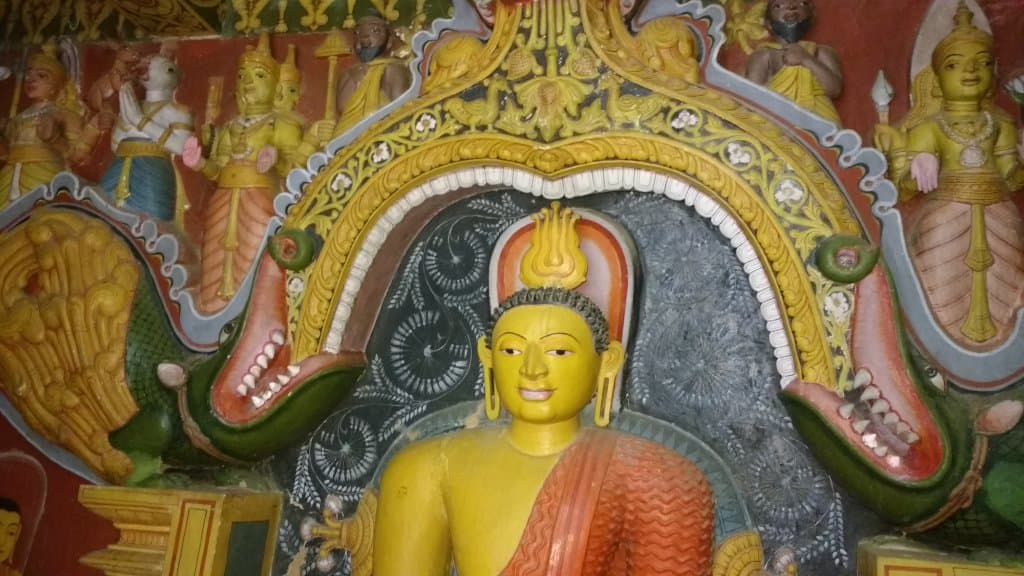

Social
from TikTok, Instagram & Reddit